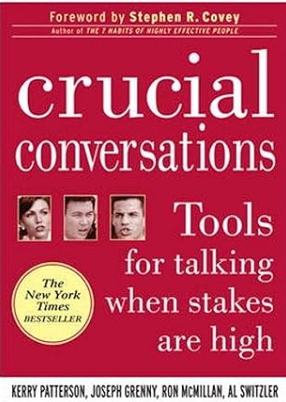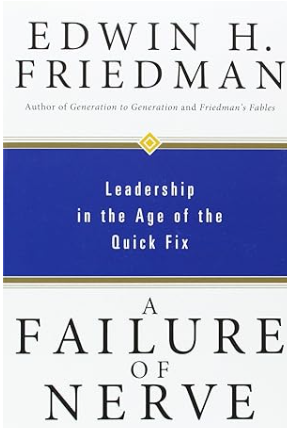Crucial Conversations perspective and strategy
- Maria Montemayor
- Jul 23, 2024
- 2 min read
Updated: Dec 5, 2024

Using and implementing the tools and methodology provided in the Crucial Conversations book is a critical aspect of becoming a self-differentiated leader. The approaches mentioned in the book will assist me in developing and leading crucial conversations within my organization as I begin implementing my innovation project. The tools mentioned in Crucial Conversations will enable me to navigate high-stakes conversations with confidence, thereby ensuring a lasting impact on the school's Spanish program.
Implementing a plan for change often encounters resistance, as people are comfortable with the status quo. Any change that disrupts their daily routines or appears to add more work to their tasks is typically viewed unfavorably. Tasks that have become routine might be set aside in favor of new initiatives aimed at improving overall student learning outcomes within the school.
I have already encountered this type of resistance. Unexpectedly, it came from a science teacher who is not directly involved with the language program. Her concern stemmed from the excitement students showed when working with the DuoLingo application. The assignments specify that DuoLingo work is to be done as homework, outside of classroom hours, with the understanding that students should not use the program during other class periods. During the initial phase of the program, students were eager to log in and work, even during school hours when they should have been focusing on other subjects, such as science. The science teacher's frustration with the new Spanish initiative was understandable.
This situation presented an opportunity for a crucial conversation with the science teacher, but she preferred to avoid the discussion. Similarly, I encountered resistance from the school technologist. I had submitted requests for technology assistance for months without receiving a response. In response, I requested a meeting with our principal to discuss the issue. Rather than expressing frustration, I gathered the facts, outlined my classroom needs, and composed a detailed email to the principal to set the agenda for the meeting.
During the meeting with the principal and the technologist, I presented the facts without letting my emotions interfere and listened to the technologist's perspective. She was concerned about the additional workload and chastised me for not making my requests at the beginning of the school year. I pointed out that she had been on maternity leave at that time and that my requests went unanswered by her replacement. The discussion was productive, and she resolved my technology issues with a 15-minute visit to my classroom. By following my instincts, which aligned with the methodology presented in Crucial Conversations, the conversation was effective.
Implementing these techniques has demonstrated the importance of clear communication and empathy in overcoming resistance and fostering collaboration. Moving forward, I am confident that applying the Crucial Conversation methodology will continue to support my efforts in creating a more effective and engaging learning environment.
References:
Patterson, K., Grenny, J., McMillan, R., & Switzler, A. (2002). Crucial conversations: Tools for talking when stakes are high. McGraw-Hill.
YouTube. (2012, February 10). Crucial conversations explained in 2 minutes. YouTube. Crucial Crucial Conversations Explained in 2 Minutes
YouTube. (2015b, August 20). Video review for crucial conversations by Kerry Patterson. YouTube. Video Review for Crucial Conversations by Kerry Patterson







_edited_edited.jpg)




Comments